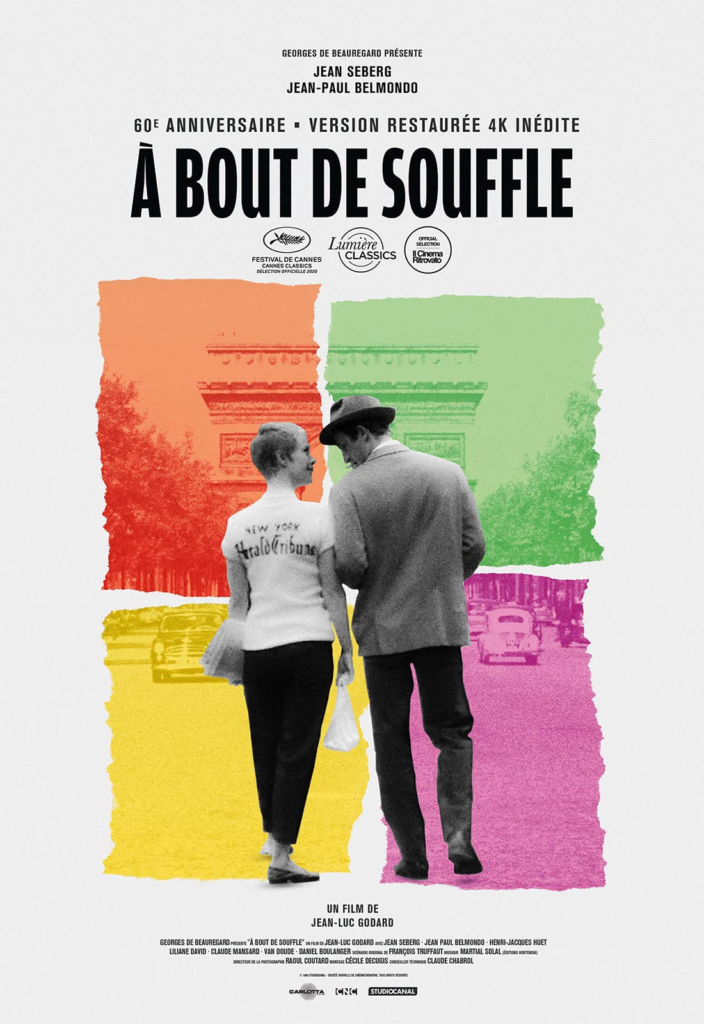
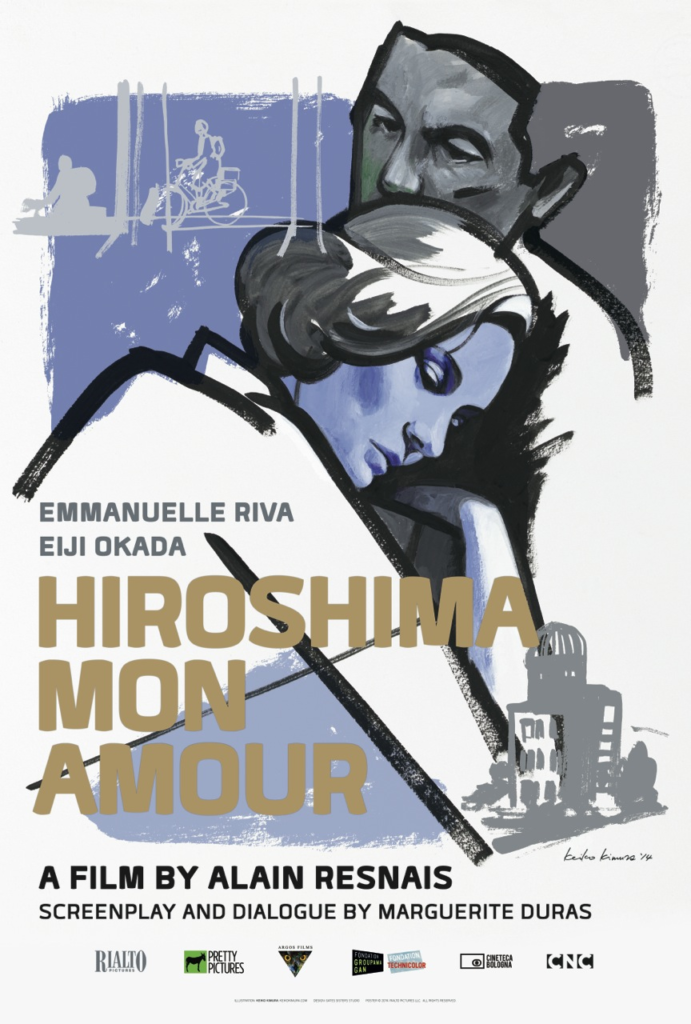




Alexandre Astruc, noted the significance of directors in filmmaking, finding that directors shared their own perspective through use of lighting, camerawork, staging, editing, and the story. Calling this concept “auteurism,” deriving largely from Astruc’s explanation of the concept of caméra-stylo (“camera-pen”), where the director, who oversees all audio and visual elements of the motion picture, is more to be considered the “author” of the movie than is the writer of the screenplay.

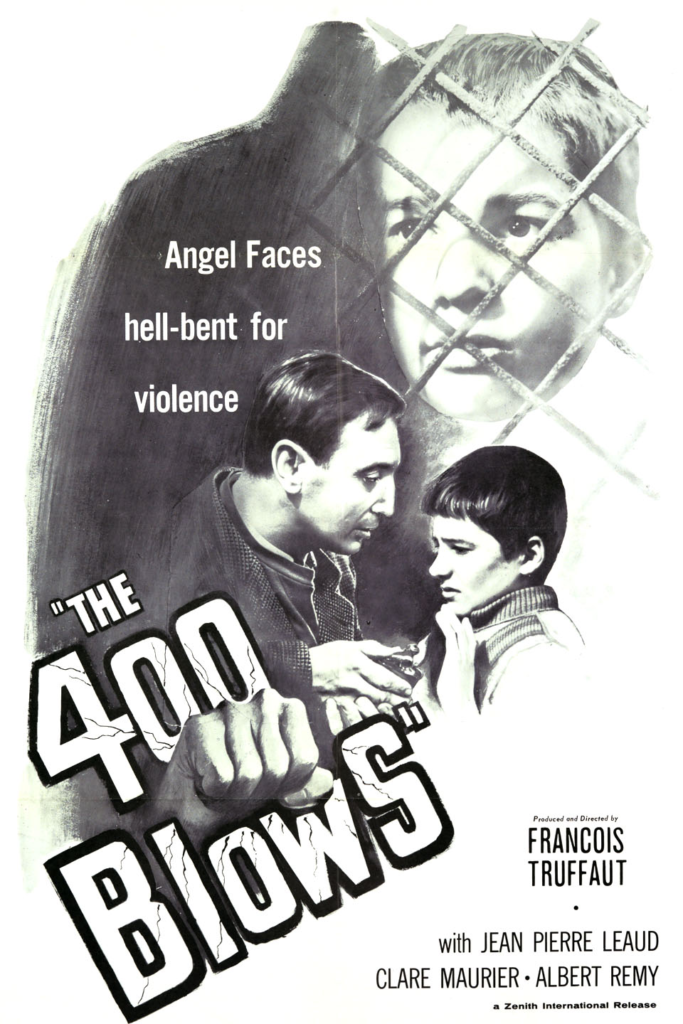



Auteur theory is the idea that the director is like the “author” of the film, with full control over the film making process, rather than the studio or the writer. Auteurs should have a unique style and trademark to their films, which makes the film unmistakable as one of their own.
Films cited by the movement as being made by auteurs:



Key narrative + technical conventions of the French New Wave approach to film making. Left & right bank approach.
Some narrative and technical conventions of the French New Wave are:
In film, the left bank group embraced a loose association of writers and film-makers that consisted principally of the directors Chris Marker, Alain Resnais, and Agnès Varda. They had in common a background in documentary, a left wing political orientation, and an interest in artistic experimentation.
The “right bank” group is constituted of the more famous and financially successful New Wave directors associated with Cahiers du cinéma (Claude Chabrol, François Truffaut, and Jean-Luc Godard). Unlike the Cahiers group, Left Bank directors were older and less movie-crazed. They tended to see cinema alike to other arts, such as literature.
Key narrative and technical conventions of the French New Wave approach to film making:
The French new wave movement is characterised by a number of narrative conventions including; non-linear storytelling, jump cuts, and improvisation. Directors often used handheld cameras to create a sense of spontaneity and realism, with many films being shot on location rather than in a studio for authenticity. The French new wave movement also emphasised personal expression and experimentation and many directors broke away from traditional narrative structures to explore new forms of storytelling.

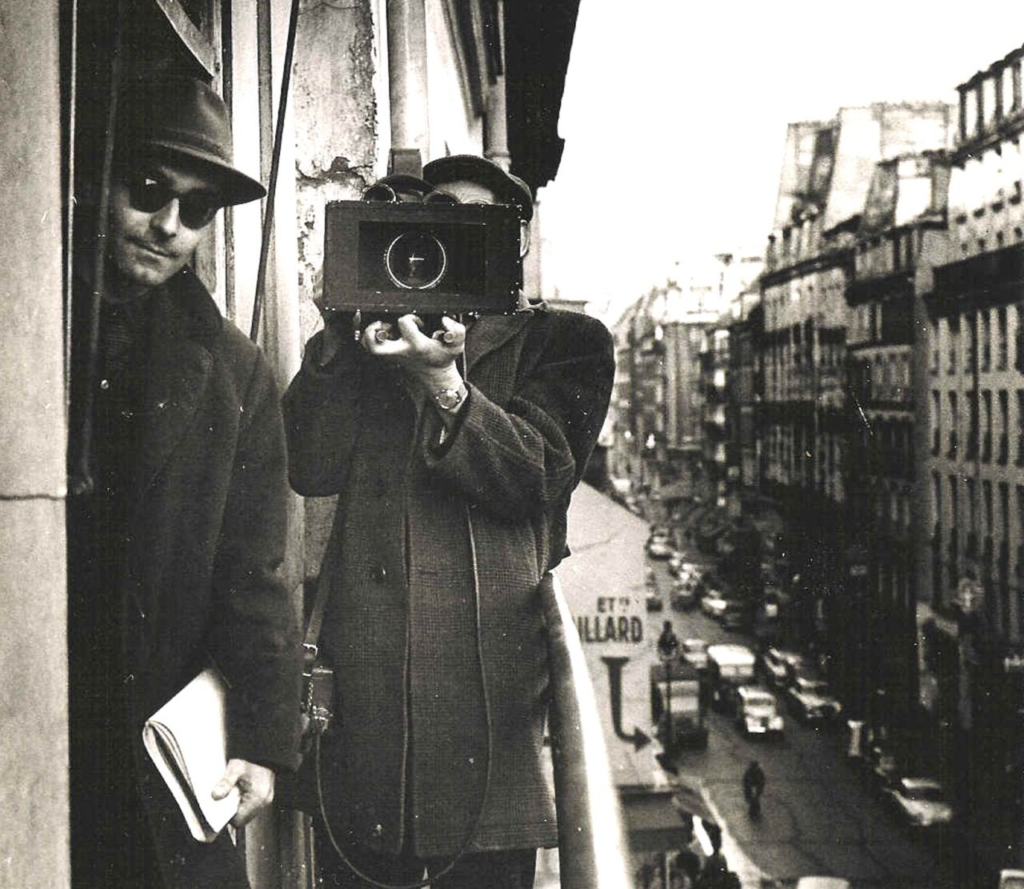
There were two different approaches to film making in the French New Wave movement, the two groups were the “Left Bank” and the “Right Bank”. The Left Bank group included directors such as Alain Resnais and Agnes Varda, who tended to focus on more experimental, avant-garde filmmaking. The Right Bank group, which included directors such as Francois Truffaut and Jean-Luc Godard, tended to be more focused on traditional narrative storytelling. While these two groups had different approaches to filmmaking, they both played a significant role in shaping the French New Wave movement.


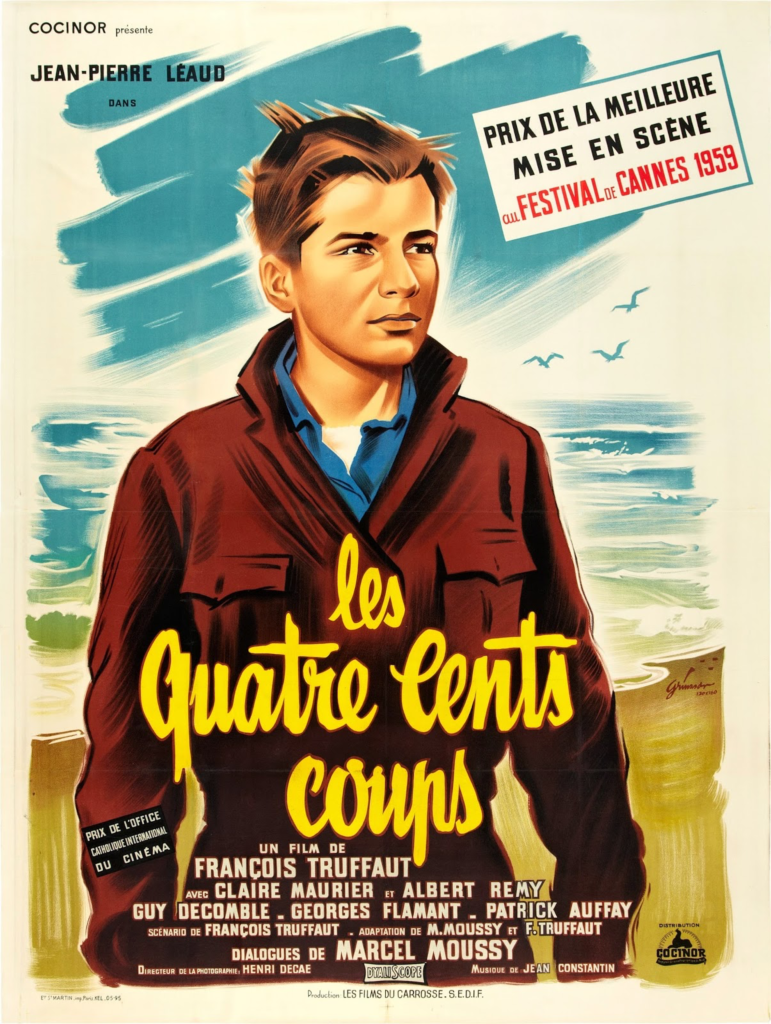


The 400 Blows remains a prime example of the stylistic innovations of the French New Wave. It is largely autobiographical, and recounts the story of an adolescent boy “raising hell” (which explains the idiomatic French title “Les Quatre Cents Coups”).
2. Hiroshima, mon Amour (Alain Resnais, 1959) – The deep conversation between a Japanese architect (Eiji Okada) and a French actress (Emmanuelle Riva) forms the basis of this celebrated French film.

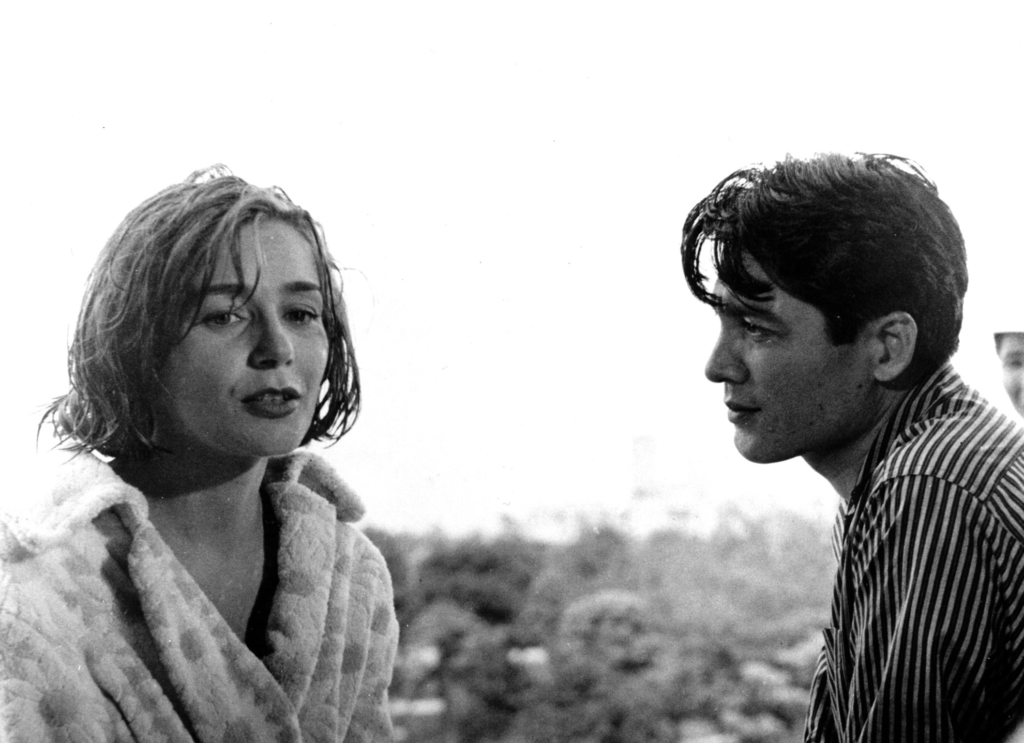

Considered one of the vanguard productions of the French New Wave. Set in Hiroshima after the end of World War II, the couple — lovers turned friends — recount, over many hours, previous romances and life experiences. The two intertwine their stories about the past with pondering the devastation wrought by the atomic bomb dropped on the city.

Alexandre Astruc constructed the auteur theory around the concept of caméra-stylo (“camera-pen”) with the idea that the director of a film (overseeing all elements of the film making process) should be more considered as the “author” of the film compared to the screenplay writer, for example. It was then developed that cinematically successful films contains an “auteurs” clear stamp, or signature, either audibly or visually in the film that makes it unique and unmistakably their own, and the audience are able to identify it as such.

Directors such as Wes Anderson and his use of very recognisable visual styles, cinematographic choices and repeated use of certain themes, deems him as an auteur.

Stanley Kubrick and his consistent use of the one-point perspective shot, in which a scenes leads a viewer’s focus to a very specific point, a stylistic choice he is very well known for. Plus his use of the intense “Kubrick stare” that he repeats throughout his films, also determining him as an auteur.

Finally, David Fincher and his repeated themes of masculinity, stylistic tones and colour palette and unique camera movements also give his films a signature look that can be easily associated to him as the auteur.



Auteur theory is a theoretical approach that states the director is the major creative force behind a movie. “Auteurs” infuse films with their singular perspectives and trademark visual styles when converting them from screenplays to the screen. Therefore Auteurs are directors that have a high level of control across all aspects of a film. Critics use auteur theory to explore the ways these directors act as authors of their films.
Examples:


